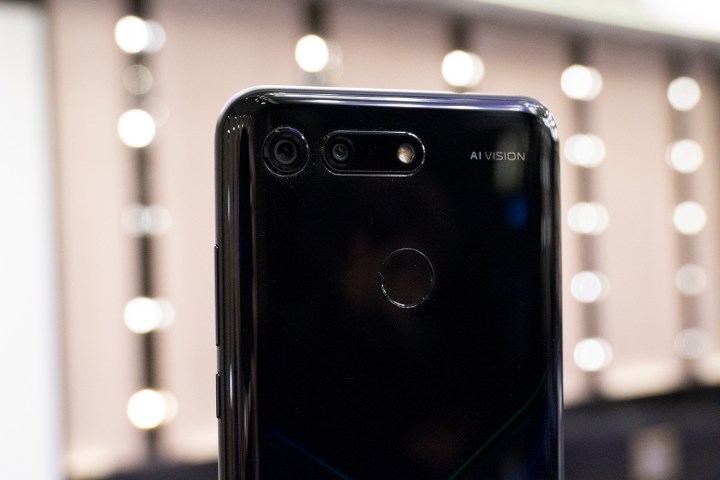
Sony is hyping up 3D technology. We know what you’re thinking — the last time we were told 3D would change our lives, the powers that be were mistaken. However, this time things could be different, as the 3D itself is not on our televisions, but in our phones. Sony has started to push new, improved 3D sensors for better-than-ever face unlocking, plus more depth and new features to make the growing world of mobile augmented reality way more compelling.
“Cameras revolutionized phones, and based on what I’ve seen, I have the same expectation for 3D,” said Yoshihara Satoshi, head of Sony’s sensor division, in a recent interview with Bloomberg.
What’s the difference between the new 3D sensors and existing systems, which use multiple camera lenses and structured light sensors? The 3D sensor measures distance and depth by using the time it takes for lasers to reach and return from objects, a method known as Time of Flight or TOF. This is effective at greater distances — up to five meters, according to Sony — and more accurate than structured light.
Sony declined to mention manufacturers working with it on integrating 3D sensors onto smartphones, but the company is the world’s leading supplier of camera modules, so it has long-established relationships with most big-name manufacturers including Apple, Samsung, and Google.
3D sensors coming soon
We won’t have to wait long until we try out a 3D sensor on a widely available smartphone. The Honor View 20, due to launch internationally at the end of January, uses Sony’s new single-lens IMX586 camera along with similar TOF 3D sensors to measure distance and generate a bokeh effect. Honor also revealed the camera can be used to scan real-life objects to animate them using augmented reality, much like the Huawei Mate 20 Pro.
Additionally, Sony’s 3D sensor’s accuracy can help create realistic virtual characters and worlds, along with other augmented reality games and apps. It’s when Sony’s 3D sensor is combined with specially tuned artificial intelligence and processors designed to capitalize on the technology that things will get really interesting.
While Huawei’s Kirin 980 processor powers the Honor View 20, there is considerable potential should Sony’s sensors be powered by Mediatek’s recently announced Helio P90 chip too. It already uses A.I. and phone camera sensors to effectively track 3D objects, and also improve lowlight photography, but in phones that won’t cost $1,000.
We should expect to see cameras with 3D sensors on phones during 2019, as Sony intends to begin mass production in summer to meet demand.
Editors' Recommendations
- 3D printed cheesecake? Inside the culinary quest to make a Star Trek food replicator
- AMD is bringing 3D V-Cache back to Ryzen 7000 — but there’s a twist
- AMD’s revolutionary 3D V-Cache chip could launch very soon
- AMD’s 3D-stacked Ryzen 7 5800X3D is ‘world’s fastest gaming processor’
- NASA is testing a 3D printer that uses moon dust to print in space




